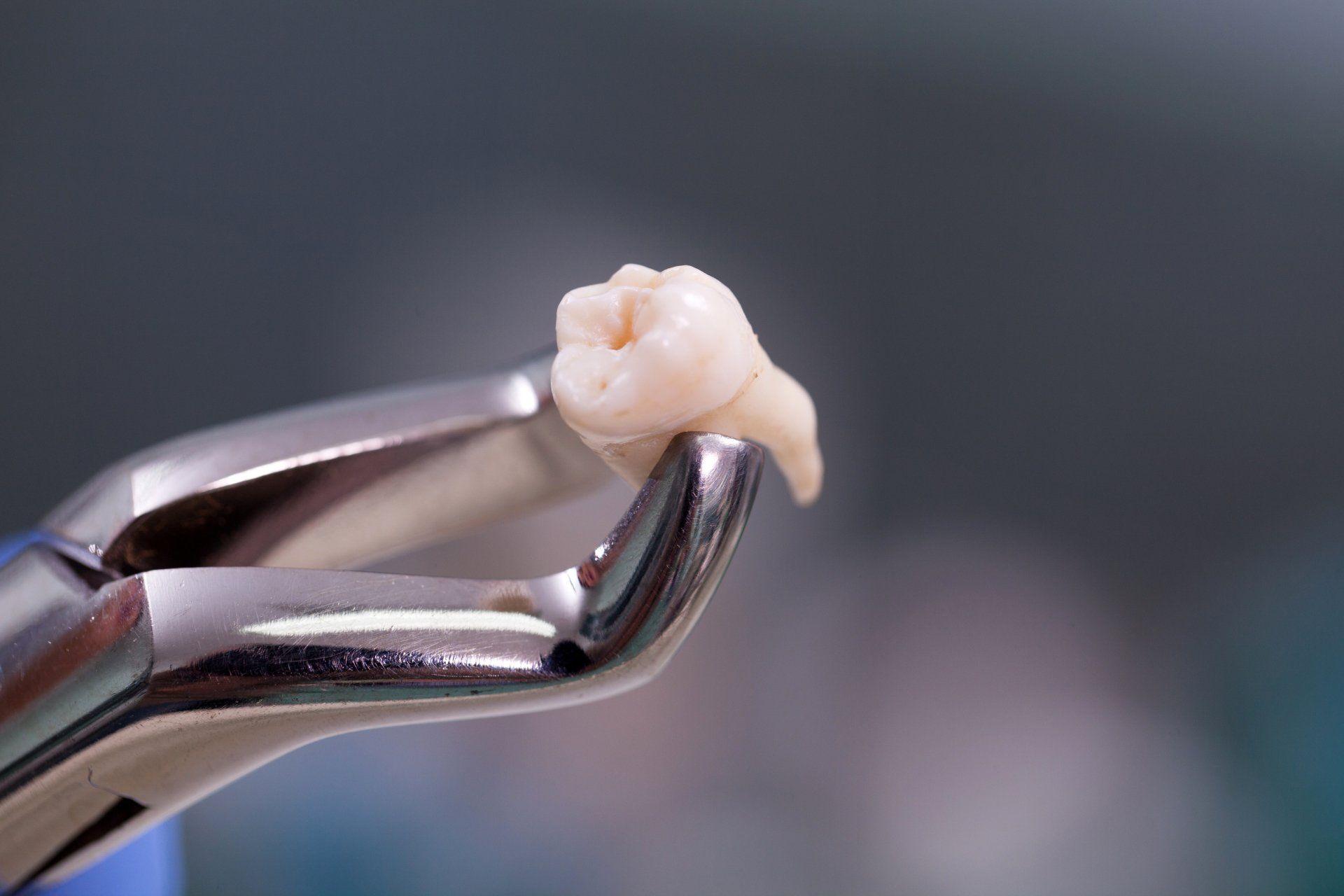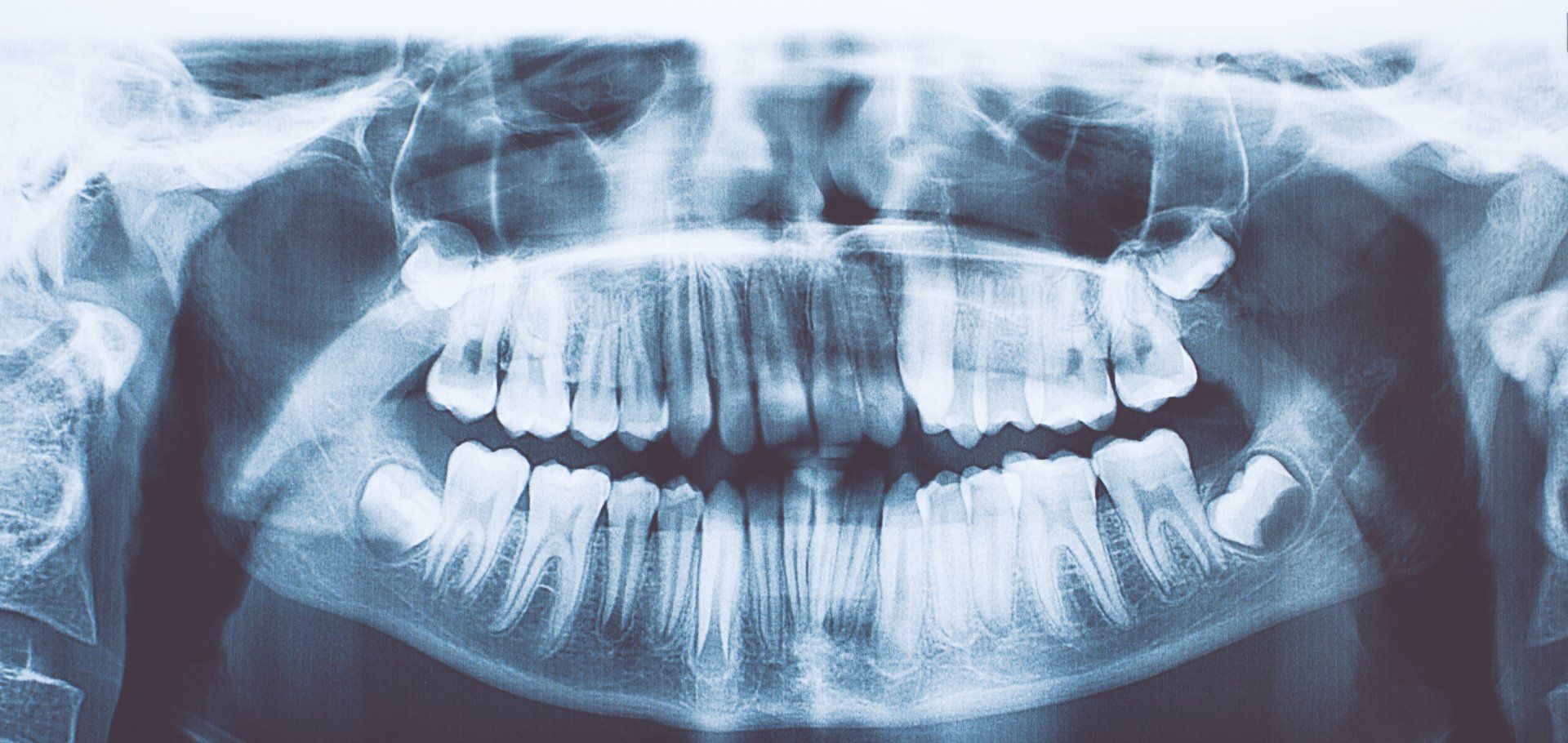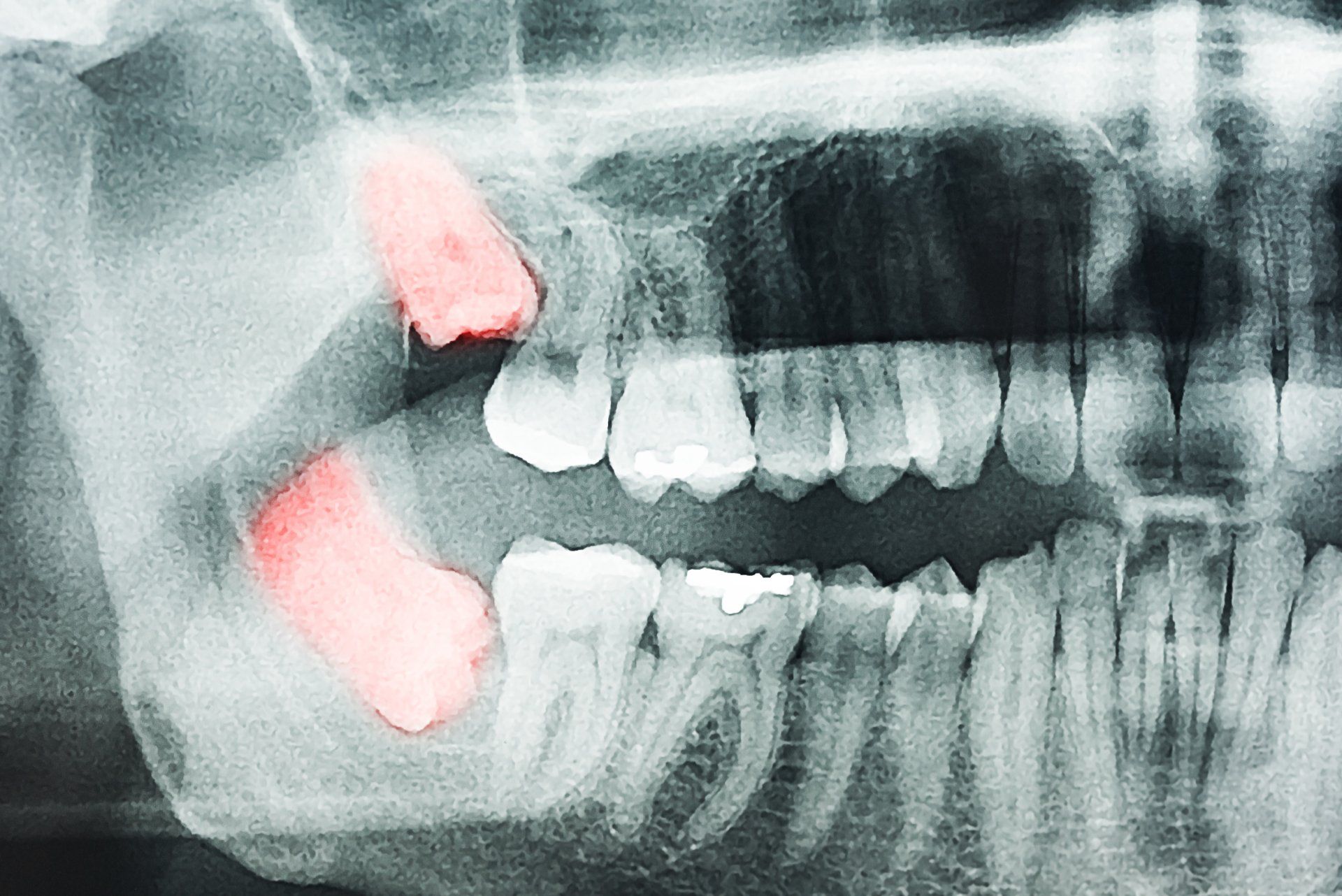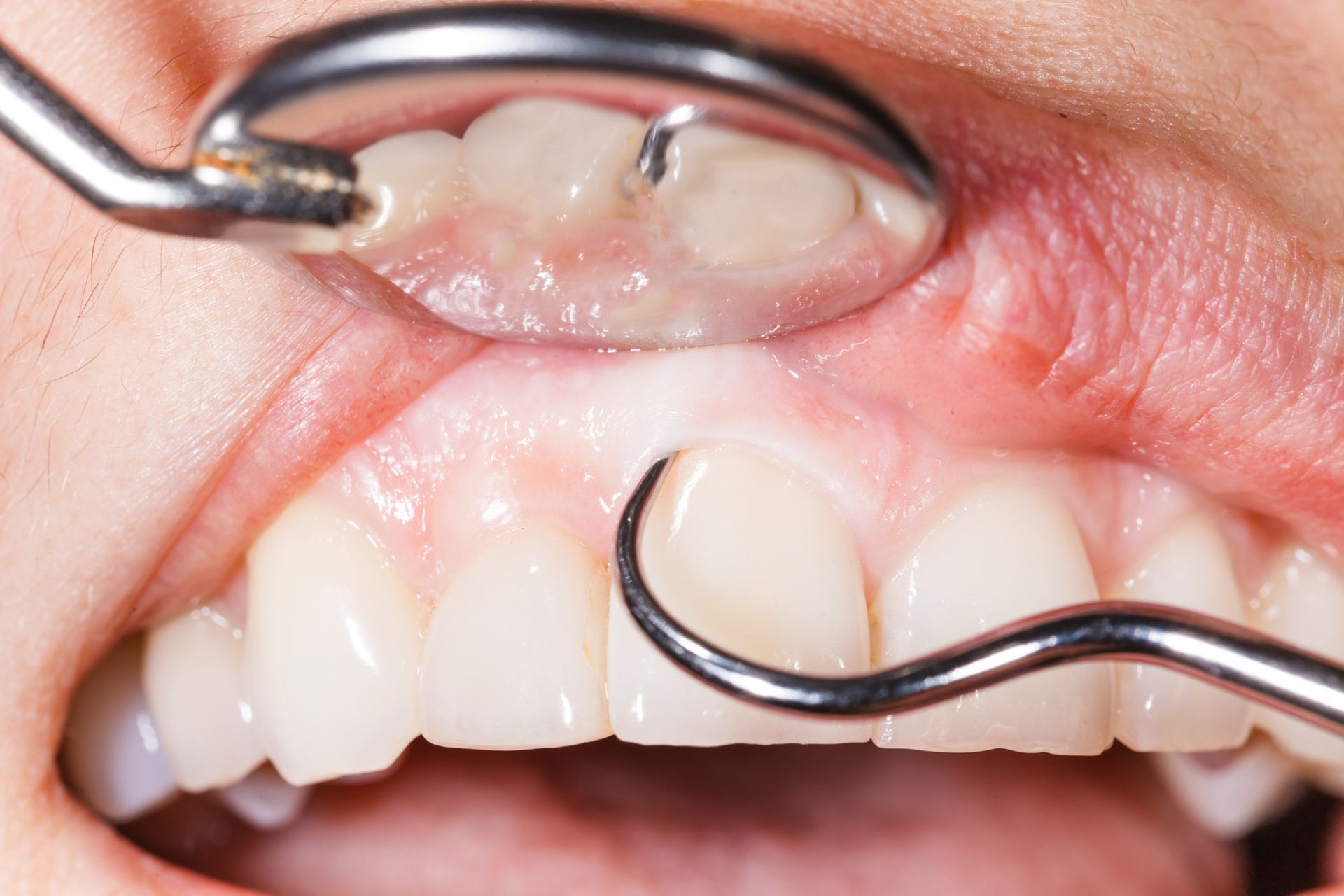What You Need to Know About Periodontics – Our Guide
June 24, 2019
Oral hygiene is a crucial part of your overall health. It is, therefore, imperative to perform oral care on a regular basis. This is why visiting your dentist regularly is so important. Neglecting to take care of your mouth, your teeth, your gums, and your oral structure as a whole leads to all sorts of dental problems - from tooth decay and toothache down to gum disease.
While we’re on the topic of periodontal disease, it’s important to mention that such an ailment can be quite life-altering. If left untreated, it will lead to severe damage in your teeth. It will affect your oral functionality and even compromise your breath, affecting your confidence and your quality of life.
The question, then is what should you do if you are suffering from periodontal disease? What should be your next course of action? In the next section, we will discuss all that you need to know about periodontal disease and what the treatment plan entails. Here’s what you need to know about periodontics:
What is it?
In a nutshell, periodontal disease, also known as gum disease, is a bacterial infection of the gums and tissues that support your teeth. What causes such disease? The build-up of plaque and tartar brings about bacterial infection. This build-up occurs when your teeth are not routinely brushed and regularly flossed.
There are two major stages of periodontal disease: gingivitis and periodontitis. Gingivitis is caused by plaque build-up around the gum line, which causes inflammation of the gums. It is merely a mild form of gum disease. If you further neglect this, your gums will then appear red and swell even more. You can experience bleeding when you brush or floss. The alarming part is that when you leave such a condition untreated, gingivitis can quickly turn into periodontitis.
Periodontal Disease Treatment
If you have periodontitis, what better way to proceed to the next course of action than to undergo periodontal disease treatment? Periodontal treatment depends on the type and severity of the disease. Prior to the treatment, the dental specialist will first evaluate the periodontal disease and develop an appropriate treatment plan. The treatment to be performed largely depends upon the stage of your infection and the deterioration of your gums, teeth, supporting tissues, and bone.
After reviewing your digital radiographs and performing a thorough periodontal exam, your dentist will go over the following:
● What happens during and after the procedure
● Possible complications, risks, benefits, and costs of treatment
● The number of office visits required for treatment
● What to do post-treatment as your gums heal
● How to keep gum disease under control after treatment is complete
● What the maintenance program for your periodontics entails
Scaling and Root Planning
In line with the topic, scaling and root planning are two well-known non-surgical treatments for early stages of gum disease. These are just minor procedures that involve a careful removal of plaque and tartar from the affected gums. It may also be essential to treat the tooth root to remove any bacterial toxins. Your hygienist will remove harmful bacteria and irritants from deep beneath your gums to prevent plaque from accumulating again. With scaling and root planning, patients need not have any further treatment. However, it is highly recommended that you visit your dentist on a regular basis in order to maintain your overall oral health.
If you’re looking for a dentist in Mississauga, DAAS Dentistry is your best option. Get in touch with us today to see how we can help.

Dr. Ehab Daas
Meet your doctor
Dr. Ehab is a passionate dentist with 15 years of dental experience. He received his D.D.S in 1997, and has practiced dentistry for 6 years since then. Immediately after that, Dr. Da'as moved to Paris to get his Orthodontics and Prosthodontic diploma's in which he specialized in fixed bridges and crowns. He graduated from France with remarkable achievements in 2005, and went on to work for 9 years, focusing on difficult orthodontics cases and satisfying his ortho patients. Dr. Ehab moved to Canada in 2014 to continue his career, where he is proud and extremely honoured to provide his patients with the highest quality service.
Learn More










